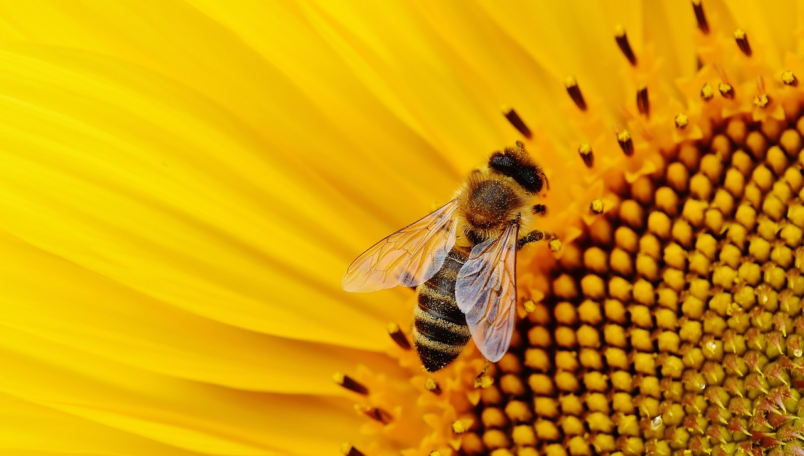Statistics (pictograms, bar charts & line graphs): Sunflower
Challenge level ⭐⭐
(designed for children with prior knowledge of the Year 3 and Year 4 programme of study)
Learning Objective
We are learning how to solve a natural world problem by using and applying our skills and knowledge of statistics and line graphs.
Useful prior knowledge:
- To interpret and present data using line graphs
Clip Description
It is thought that sunflowers were first grown by farmers in North America over 5,000 years ago for food, medicine, dye and oil. This remarkable plant can grow very quickly. Some tall sunflower species can easily reach heights of over 5 metres. Incredibly, a young sunflower’s face follows the sun from sunrise to sunset every day and repeats this cycle until maturity.
In this fascinating clip, we discover that sunflowers provide nutrition for a wide range of animals. Their brightly-coloured petals attract bees and butterflies, which feed on nectar and pollen. Why do you think birds and prairie dogs are attracted to sunflowers? Watch the clip to find out.
Quick Whiteboard Challenge
The pattern of seeds within a sunflower follows the Fibonacci sequence:
1, 1, 2, 3, 5, 8, 13, 21,…
What is the next number in this sequence? How do you know?


